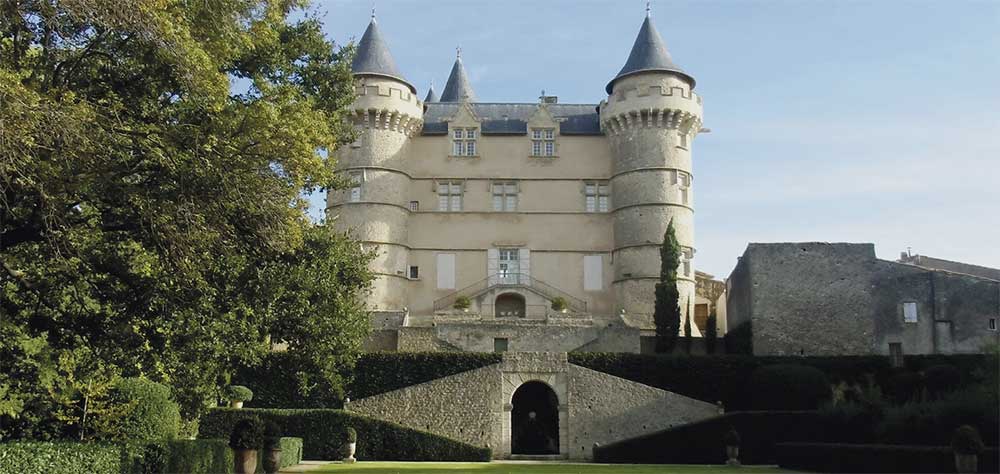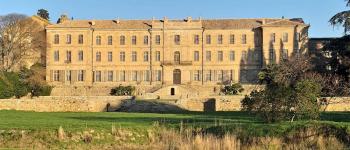
The Château de Margon is a historical monument, registered in 1937, partially classified in 2017 and labelled "remarkable garden".
The quadrilateral is imposing with four towers at its ends, joined together, on one side by a large building used as a dwelling and on the other three sides by curtain walls.
A bit of History...
During the Revolution, in 1793, the castle was mutilated, the roofs destroyed and the parapet walk rendered unusable.
The castle is already mentioned in 1080, when Pierre Alquier attends the donation that Marie, his wife, and their children make of the parish of Cassan to the canons regular of Saint-Augustin.
Thanks to the Albigensian Crusade, the land of Margon, the seat of a former barony, came under the sovereignty of the King in 1221, while the province of Languedoc was not attached to France until 50 years later.
This territorial and political peculiarity has always been claimed by its lords, who did not fail to pay homage to the King with each new reign, and by its inhabitants, who were not very accommodating, faithful to the tradition that had given their commune the name of Republic of Margon.
The medieval castle was transformed during the Renaissance into an elegant residence.
A flamboyant Gothic decoration is grafted onto the medieval structure, with large mullioned windows and their frames finished with bases representing fantastic animals, dovetailed watchtowers and small crenellated parapets.
The absence of machicolation on the pathways shows that they were intended more to maintain a military appearance inherited from earlier periods than to provide a real close defence.
It was Jean de Plantavit who, in 1682, "modernized" the interiors by replacing the large chimneys "à l'antique" by smaller ones, and small doors made large ones, then turned to "stain-removers" such as Pezet to paint walls and ceilings.
It was at the beginning of the 18th century that René Le Moine's daughters continued to fit out the interiors and modernise them, creating corridors to obtain smaller, independent rooms, but above all replacing the Gothic fireplaces with less imposing ones and replacing the mullioned windows with so-called Italian-style French windows.
The gardens
It was always Jean de Plantavit who had the excellent idea, in order to go from the living room to the garden without having to cross the street, to have it spanned by stairs supported by arches.
They allow, from underneath, the passage into the public space by the rue des Banastes.
By filling in a valley bottom and moving the stream that flowed through it, a real park was created.
They are regular gardens of classical French composition with the structured side of the Italian garden.
There are columnar cypresses, topiaries in oleander sauce, alleys lined with oleanders, pomegranate trees with fruit or flowers, drum-cut olive trees and a collection of irises.
Annual restoration campaigns have been undertaken since 1981.
The castle of Margon
16 Castle Street,
34320 Margon
Tel: 04 67 24 60 54
postmaster@chateaudemargon.com
http://www.chateaudemargon.com/
Translated with www.DeepL.com/Translator
(free version)





